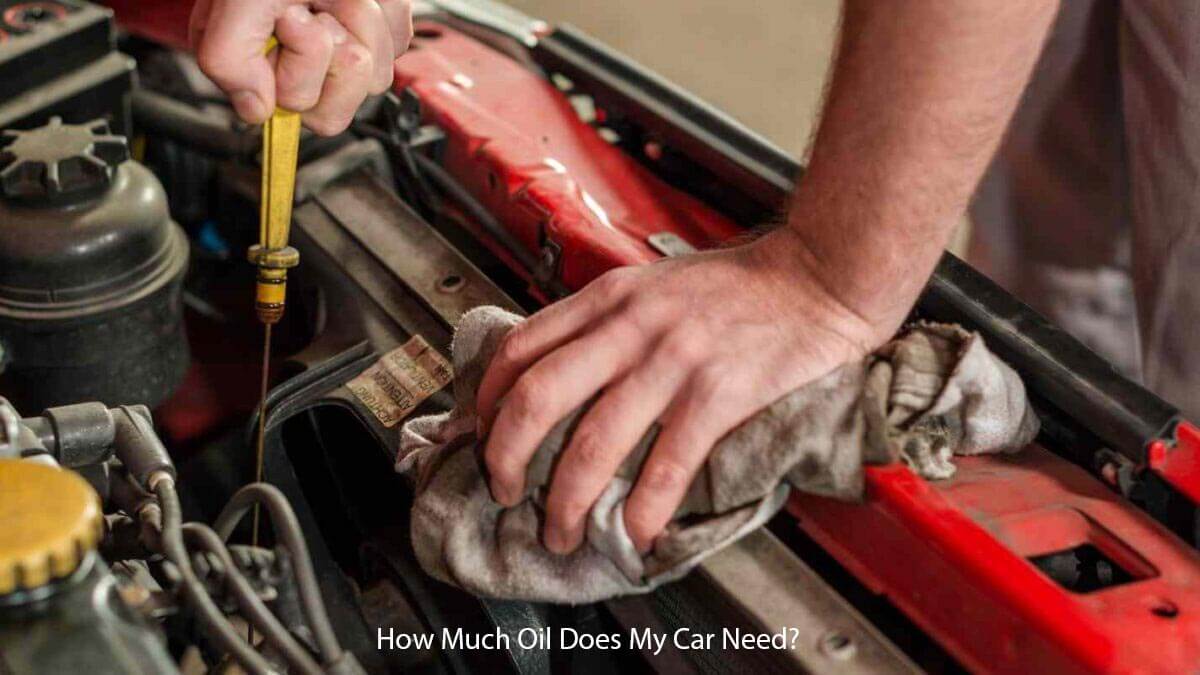Radiator Hose, it's important to regularly inspect the radiator hose for leaks and other damage. Deterioration is a common cause of the leaking radiator hose. Over time, the hose can become glassy and crack. To check the elasticity of the slit, you can use a razor blade to cut it. You can then remove the slit with the help of a screwdriver. You should be careful not to over-tighten the clamp.
Radiator Hose Clamps
To inspect the condition of the radiator hose clamps, you can use a wire brush. It's a good idea to do it at the intake manifold and the water pump. Also, inspect the hose's neck to make sure that it is tightened. A collapsed sleeve is easily repaired with a few tools. If the sleeve is loose, replace it. Using pliers, remove the sleeve and tighten the clamp.
A molded rubber hose connects the water pump to the radiator. The upper radiator hose clamps are exposed to suction from the water pump. It connects to multiple cylinders in the radiator. The lower sleeve is closed by a spring. The thermostatic valve is connected to multiple hoses. You must be careful in choosing a hose. Ensure that the upper and lower hoses are properly positioned.
When you replace the upper radiator sleeve, make sure that the lower hose is properly seated in the intake manifold. The upper sleeve should also be snugly positioned. If there's an excess of water, you need to install a new sleeve. Then, you should reconnect the lower sleeve. Once that's done, you should test the radiator hose and clamp again to be sure that everything is working correctly.
Upper Radiator Hose
An upper radiator hose is the most commonly replaced component of a car. If the upper sleeve is cold, it means the lower radiator sleeve is hot. This means that your lower sleeve is not connected to the top of the radiator. This indicates that the upper sleeve is not properly aligned. It is important to have both types of sleeved.
The upper radiator sleeve has a thermostat that allows it to be opened or closed when needed. This thermostat is part of the upper radiator hose and helps prevent it from collapsing. Once the lower sleeve has been repositioned, you can clean it with a soft toothbrush. If you have a leaky radiator sleeve, it's important to remember to keep the cap tightly closed to avoid allowing the cooled fluid to leak out.
If your radiator hose is too short, it's important to replace it. Besides replacing the radiator sleeve, you need to check the temperature of your hose. The sleeve is used to keep the temperature of the engine cool. You should also look for leaks in the sleeve. You can check your sleeve by touching it with a cloth or a cotton ball.
Lower Radiator Hose
The sleeve is connected to the radiator and carries coolant. The hose is usually the longest part of the engine. It is made of rubber and connects to the cooling agent. The sleeve should be flexible to allow the hose to be bent to fit various engine parts. You can replace the sleeve without replacing the whole engine. You can install a different sleeve depending on the model of your car.
A sleeve is a special type of sleeve to hold the sleeve onto the lower radiator hose. Moreover, it is made of silicone rubber and has a corrugated cover. The sleeve will fit snugly in sleeve. A sleeve can be attached to the radiator and be secured using a wire clamp. The sleeve can be adjusted in a way to suit the exact size of the sleeve.
If you want to have a radiator hose that's free from cracks and leaks, you should check your car's sleeve regularly. Whether it's cracked or not, the sleeve is a vital part of your vehicle's engine. It connects the engine to the radiator and prevents heat from entering the engine. When the sleeve breaks, it could lead to severe problems.



